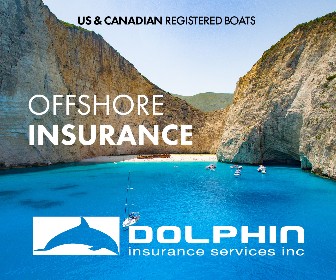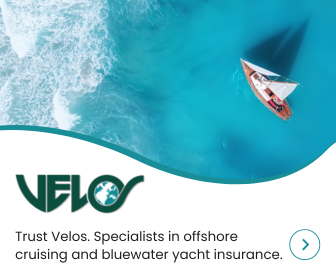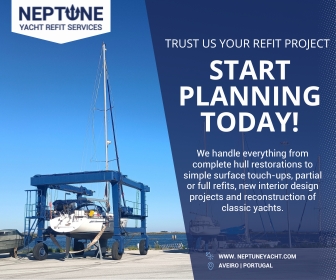Noonsite Guide to the Inland Waterways of Europe
Although Noonsite is mainly concerned with coastal ports, we believe a summary of information about the network of inland waterways in Europe is a useful addition to our cruising information. Many cruisers choose to travel from coast to coast via the canal network or take some time out on the calmer waters on the inland waterways. This overview is exclusively for Noonsite members.
Published 1 year ago, updated 3 weeks ago

Noonsite Guide to Cruising the Canals and Rivers of Europe
Discover Europe Beyond the Coast
This Noonsite Guide opens a gateway to a world of peaceful cruising through Europe’s inland rivers and canals. Ideal for sailors and boaters seeking calmer waters and cultural immersion, it shines a light on France, the Netherlands, and Germany and gives you an overview of what to expect and what practical considerations you need to take into account.
This guide covers:
- Why go inland: The charm and serenity of canals and rivers compared to coastal cruising.
- Which countries are featured: Practical cruising info for France, the Netherlands, and Germany.
- Navigation essentials: How to handle locks, licensing basics (CEVNI), and general regulations.
- Trip planning tips: Choosing routes, seasonal timing, mooring and stopover recommendations.
- Resources at a glance: Tools like maps, lock dimensions, and key guides – plus a great many useful links from around the web.
- Local highlights & quirks: Each country’s standout features—from French canal charm and Dutch infrastructure to German river routes.
How to access the Guide
This comprehensive guide is available exclusively to Noonsite Members.
- If you are a Member, log in and follow this link with instructions on how to read the full guide.
We welcome any feedback from Noonsite members who have done any or all of these routes, especially as an international cruiser.
Become a Member
If you are not a member and would like access to member-only content and special offers – information on our membership levels can be found here.
Find out all about these routes of a lifetime – get prepared with Noonsite!

Membership fees help our small, dedicated team keep country information up-to-date in support of cruisers worldwide.
Get updates about news, reports, links and comments posted on Noonsite, plus cruising information from around the world, by subscribing to our FREE monthly newsletter.
Related to following destinations: France, Germany, Netherlands
Related to the following Cruising Resources: Cruising Information, Documents, European Union, General, Mediterranean, Routing, World Regions Information





